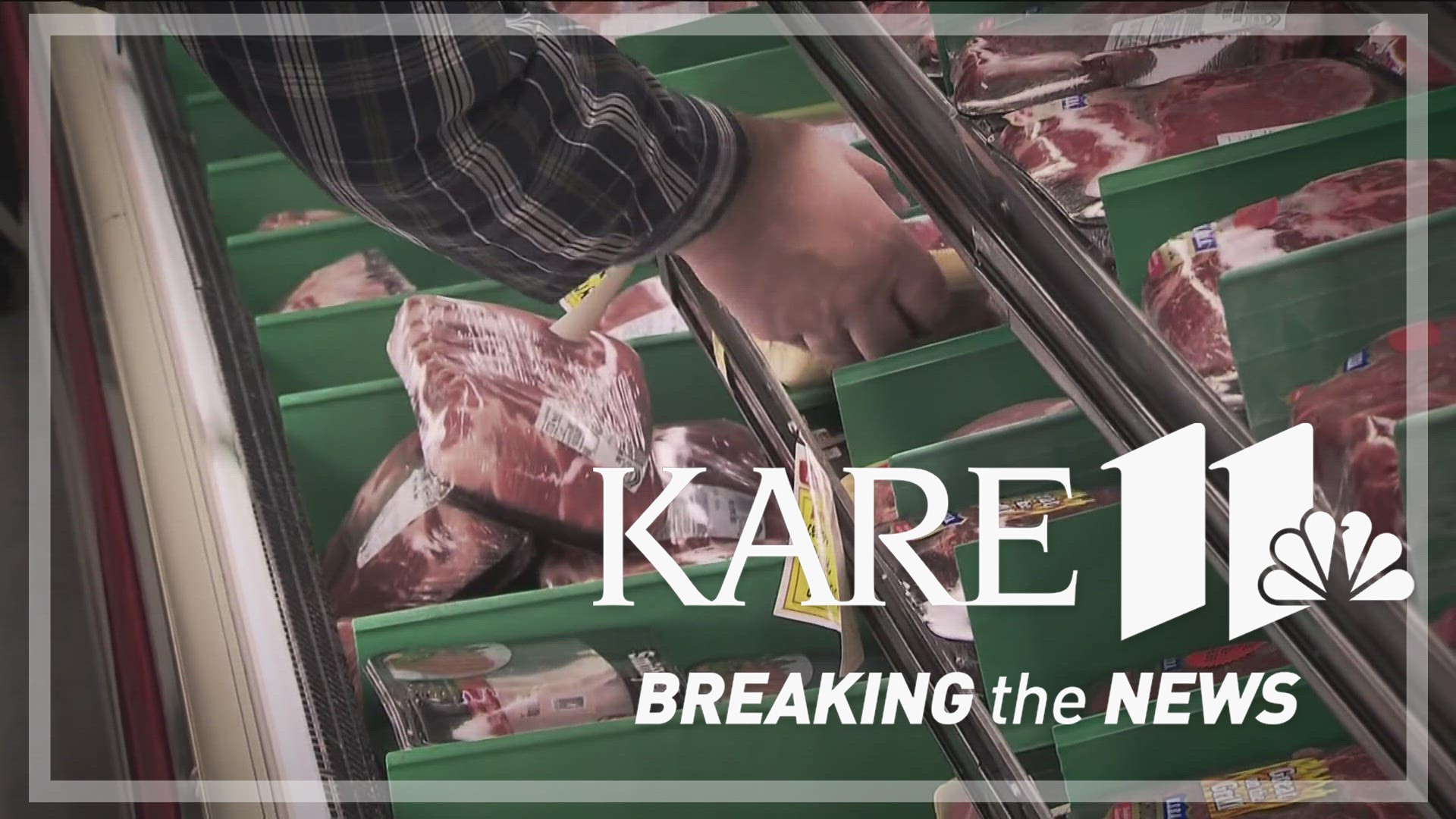ST PAUL, Minn. — Grocery shopping for a Super Bowl party this year could cost you a little less than it did a year ago, at least if you're opting for chicken wings and shrimp over beef and tortilla chips.
But after spending the previous few years navigating historic inflation with every trip down the grocery store aisle, the concept of saving money is relative.
"It's almost become a game of whack-a-mole for consumers," said Joe Redden, a marketing analytics professor for the University of Minnesota Carlson School of Management. "To figure out what's going to be the next big thing with big price increases and figure out how do I change my eating habits based on what happens. You really see the sticker shock when you check out and you realize that total is a lot bigger than it used to be."
That sticker shock is sticking with a vast majority of Americans despite recent improvements in inflation. According to a recent Vibes survey conducted by Axios and The Harris Poll, roughly 72% of respondents said groceries are where they feel most affected by inflation, and 59% reported feeling angry, anxious or resigned when grocery shopping.
That frustration has been building in recent years. Even though grocery prices increased by just 1.3% in 2023, they are up roughly 20% in the last three years.
"One of the challenges of inflation with food, is it's been consistently going up and that's just building on top of itself and building on top of itself," Redden said. "Even if it does flatten out now, with very little inflation, we are still going to be paying quite a bit more than a year or two, or three years ago."
For Every Meal, a local nonprofit that partners with schools to provide a weekend's worth of food to students families, the pain felt by those high prices is two-fold.
"More families are coming to us because they're facing those super high prices," Williams said. "But we're also still paying those super high prices. The increase might be slowing down but the prices aren't going down."
Williams says Every Meal has worked to counter that increased cost by recently expanding it's warehouse space and buying more of it's food in bulk.
"The trick with that is you need to have cash up front, so even if we're going to use a full truck of green beans over six months, we have to put all that money up front to get that price, and you have to put somewhere to put it," Williams said. "Every penny that it costs, more, per bag is $4,000 a year for our program. What if it goes up 50 cents?"
Fortunately, Redden says the more recent inflation numbers are encouraging, and so are some of the early signs from manufacturers.
"We have seen some recent financial results where they're starting to see the pushback on those higher prices now," he said. "We're seeing some of those leading food manufacturers, where their unit volume is dropping. So while they're charging more per unit, and making more on each unit they sell, they're now selling less units in total. If we see any price drop, that will be the catalyst that does it. Consumers speaking with their wallets and enough of them say, 'I'm not going to buy it.'"
Watch more Breaking The News:
Watch all of the latest stories from Breaking The News in our YouTube playlist:

